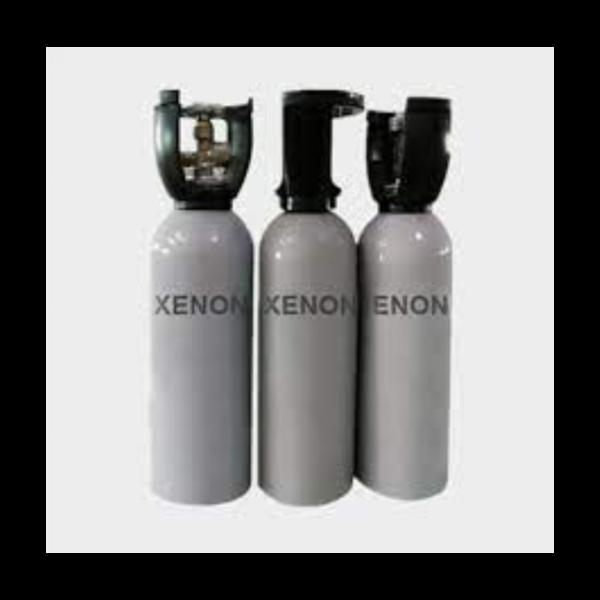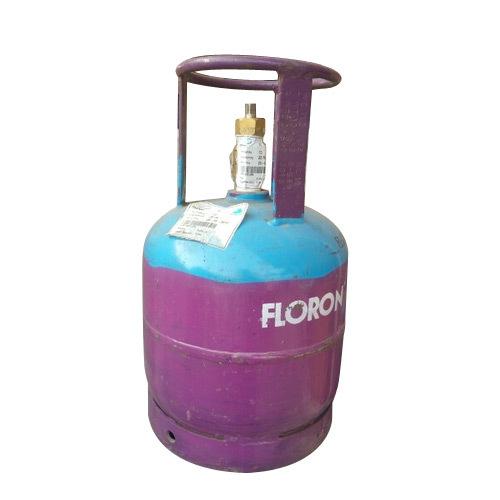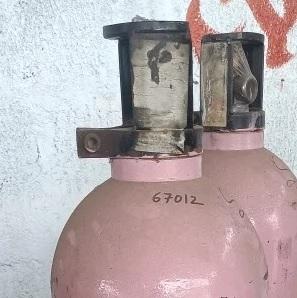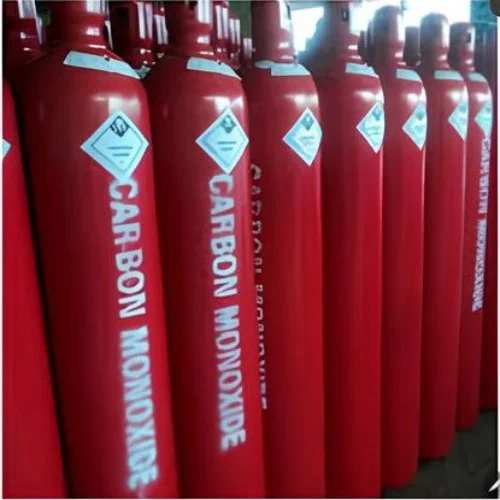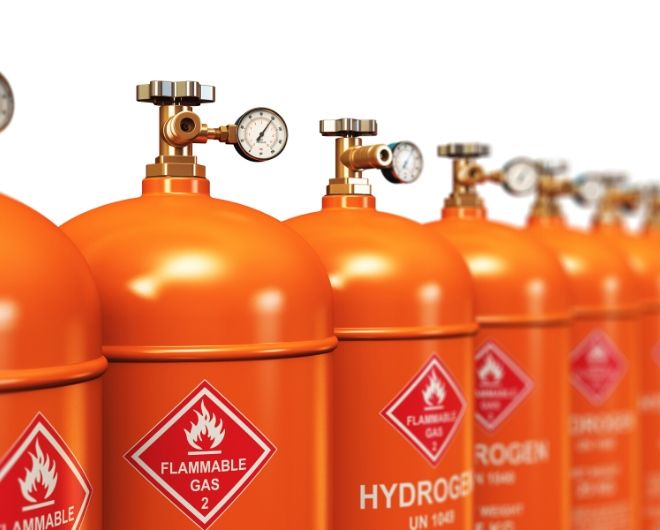
Hydrogen is a colorless, odorless gas. It is easily ignited. Once ignited it burns with a pale blue, almost invisible flame. The vapors are lighter than air. It is flammable over a wide range of vapor/air concentrations. Hydrogen is not toxic but is a simple asphyxiate by the displacement of oxygen in the air. Under prolonged exposure to fire or intense heat the containers may rupture violently and rocket. Hydrogen is used to make other
chemicals and in oxyhydrogen welding and cutting.
Fuel
Hydrogen can be used as a fuel.
Rockets
Since hydrogen is highly flammable, especially when mixed with pure oxygen, it is used as a fuel in rockets. Usually, they combine liquid hydrogen with liquid oxygen to make an explosive mixture.
Chemical processes
Hydrogen is an essential part of many chemical processes.
Acids and bases
Hydrogen atoms are in every acid and base. Hydrogen gas is sometimes used directly to create an acid. For example, it is used in the creation of hydrochloric acid:
Fertilizer
Hydrogen is important in creating ammonia (NH3) for use in making fertilizer.
Food and fat
Hydrogen gas is used as a hydrogenating agent to for polyunsaturated fats, such as used in margarine. But it is also used in making unhealthy trans-fats that are often used in cookies and other good.
Keywords
use
Food
fire
Acids
bases
vapors
cookies
fuel in
Rockets
cutting
example
ammonia
creation
chemicals
margarine
other good
wide range
containers
Fertilizer
pure oxygen
Hydrogen gas
intense heat
displacement
Fuel Hydrogen
liquid oxygen
Hydrogen atoms
essential part
liquid hydrogen
explosive mixture
simple asphyxiate
hydrochloric acid
prolonged exposure
hydrogenating agent
oxyhydrogen welding
unhealthy trans-fats
polyunsaturated fats
many chemical processes
colorless, odorless gas
vapor/air concentrations
pale blue, almost invisible flame

